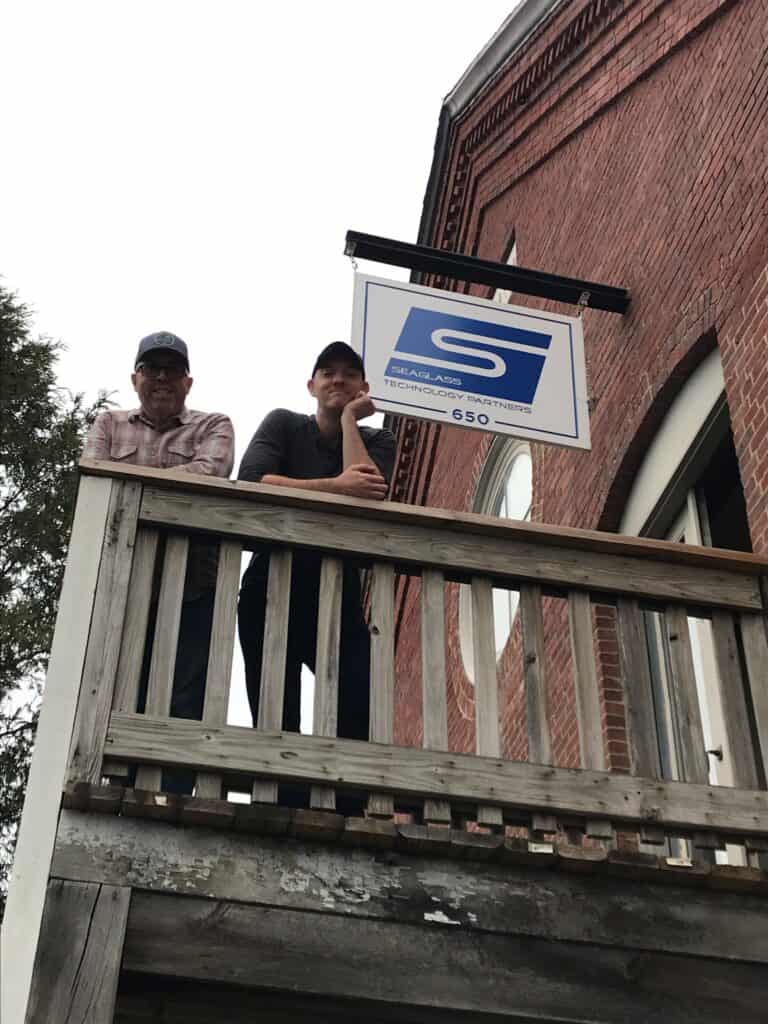Staffing Agencies and Safety: A Quick Overview

Last time updated: December 17, 2024

Safety is one issue that staffing firms should take very seriously, because accidents and worker’s compensation claims have serious implications for the long-term health of your business. Just look at what’s happening in the industry: the Department of Labor has been cracking down on both clients and staffing firms when it comes to worker safety. Earlier this month, the Ohio Supreme Court forced a staffing firm to pay millions in unpaid claims for a firm it took over. And in December, a major news site blasted this headline across its front page: “Temp work Isn’t Only Insecure-It’s More Dangerous Too.”
Worker’s comp and safety in the temporary staffing industry is going to continue being a hot topic as more businesses use a temporary workforce. And it’s an issue that can make or break your firm’s success if you don’t get in front of it. We’re hosting a free Safety for Staffing Agencies webinar with more in depth information on Thursday, June 28 at 1:00-2:00 pm EDT. Register here! And in the meantime, check out this blog specific to staffing that covers current safety regulations and consequences, safety best practices, and the questions you should be asking to ensure your workers’ safety.
OSHA and Staffing
According to the Occupational Safety and Health Administration (OSHA), staffing agencies and host employers are jointly responsible for maintaining a safe work environment for temporary workers. This includes including ensuring that OSHA’s training, hazard communication, and recordkeeping requirements are fulfilled. As the staffing firm, you have to consider the hazards you are in a position to prevent and correct, and in a position to comply with OSHA standards. For example, you may provide general safety and health training, and host employers provide specific training tailored to the particular workplace equipment/hazards.
CONSEQUENCES OF ACCIDENTS AND INJURIES
As the employer of a worker with a job-related injury, it’s your worker’s compensation policy that takes the hit even if the accident doesn’t occur at your place of business. Any injury that requires medical treatment over a certain dollar amount will affect your worker’s compensation policy, which is hard enough to secure as a staffing firm. If your worker’s compensation claims are high, your rate could increase based upon surcharges or increased experience mods, or the insurance company could cancel your policy altogether.
Another consequence to consider is the reputation of your staffing firm. If your injury rates are high, your firm is in danger of establishing a specific reputation among clients and workers. This could affect the attraction of good workers in a tight labor market, as well as the attraction of new clients or the retention of existing ones.
SAFETY BEST PRACTICES
The following is a short list of safety best practices for staffing firms, both for employee personal safety and for protecting your business. While it is by no means comprehensive, it should give you a good starting place for implementing good safety policies.
- Have accident response documentation and policies in place.
You will need written policies in place to handle workplace incidents in a prompt, effective, and efficient manner.
- Monitor and manage WC claims.
Staffing firms should aggressively monitor and manage open claims and institute measures to minimize future claims. This can include timely reporting to insurance, ongoing communication with claimant and insurance adjuster, and putting the claimant back to work in a different capacity.
- Brief new employees on safety.
Firms should consider administering basic safety knowledge assessments along with other tests like physicals, drug tests, etc. Then when they are hired, they should receive the employee handbook, briefing on conditions at the client site, and policies specific to that industry.
- Conduct ongoing training.
Staffing firms should regularly provide ongoing training and general safety information to employees. This could take the form of emails, posters, meetings to share the results of work site inspections, meetings with Risk Management personnel, etc.
- Conduct a risk assessment and analysis on potential clients.
Before you decide to do business whether to do business with potential clients, you need to know the potential risks. That includes being able to conduct effective on-site inspections and evaluations of a potential client’s work site.
SAFETY QUESTIONS TO ASK YOUR CLIENT
Knowing how your client approaches safety starts with asking the right questions. Here is a list of questions to ask when gathering safety information.
- Tell me about the workplace hazards.
- Will my employees be exposed to any chemicals?
- What personal protective equipment will be required?Who is required to provide it? (safety glasses, gloves, respirators, hearing protection, safety shoes)
- What specific safety training do you require of your employees who would be doing this job?
- Will you provide this training to my employees, or are you expecting us to provide this initial training?
These are just some safety basics for your staffing firm. For more a more in depth look on how to ensure safety and loss control, register for our upcoming safety webinar on June 28th. For more resources from Advance Partners, visit our resource page.
Up Next











